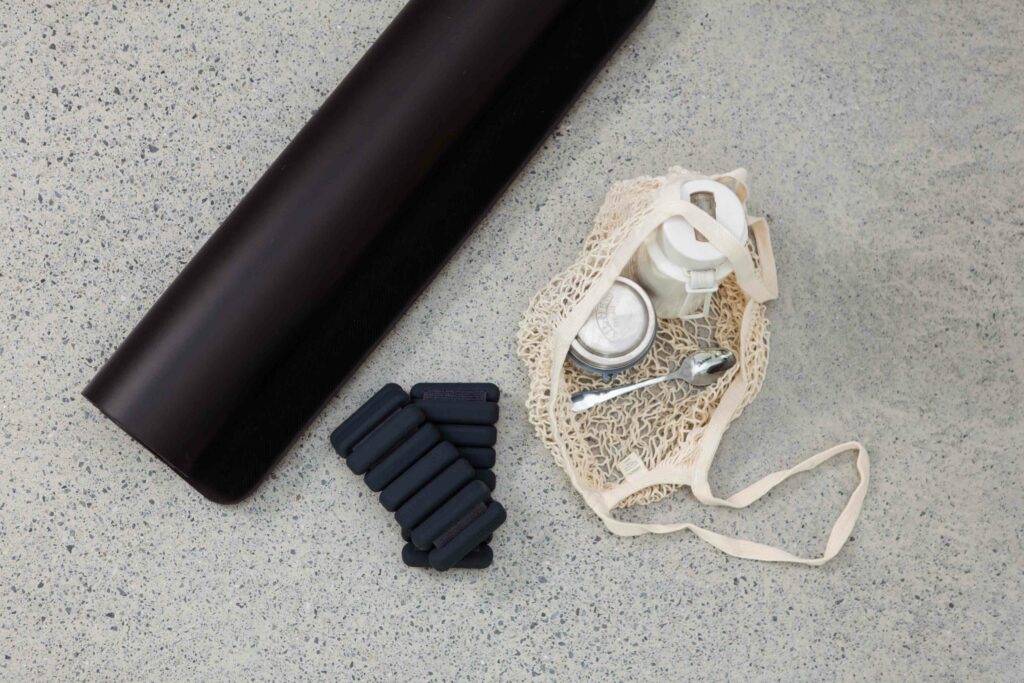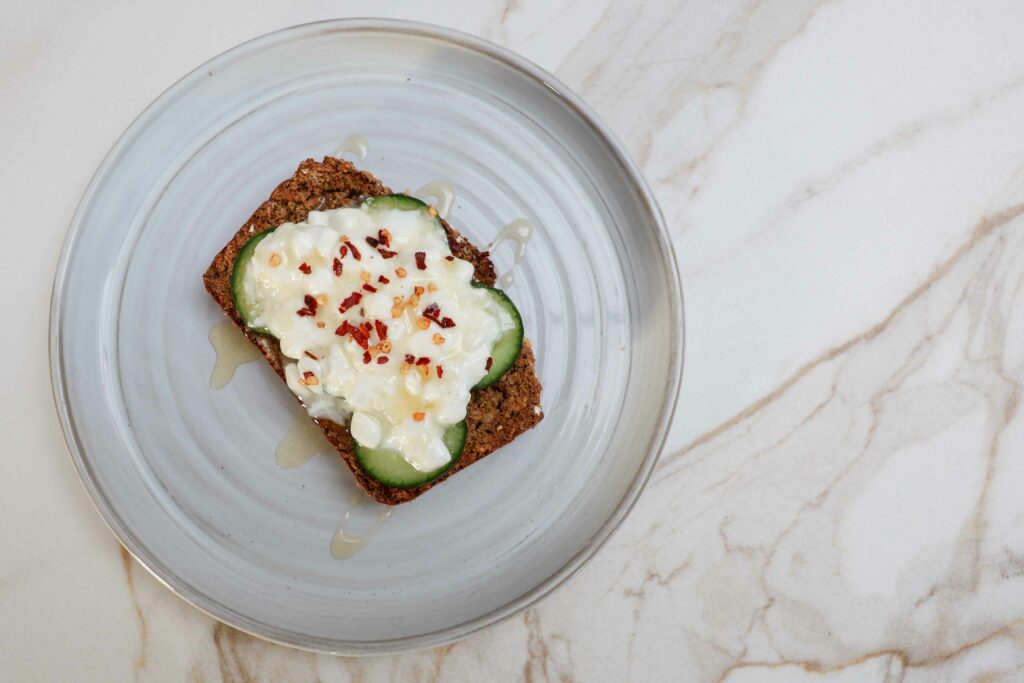A Dietician’s Guide To Creating A Balanced Post Workout Meal
19 Jan 2025
You’ve finished a tough Pilates class, weights session, run, or GAA game. You need to refuel and optimise recovery, but it has to be simple. What should you grab? The hard work is already done by completing the exercise, so let’s close the circle (metaphorically, not just your Apple Watch activity rings) and nail our nutrition.
There are countless post-workout meals that could work here, as long as they’re balanced and contain one key nutrient: protein. Protein, simply put, is the building block of our body. During exercise, our muscle fibres experience small tears or are broken down. To recover optimally, we need to give those tissues what they need to rebuild and grow, helping you get stronger, recover faster, and reduce the risk of injury. Protein is found in foods like dairy, meat, fish, tofu, legumes, and more.
While previous research suggested a limited “window of opportunity” for consuming protein post-exercise, we now know that overall daily intake is far more important than precise nutrient timing. Spreading your protein intake evenly throughout the day is key. In other words, chugging a protein shake within 30 minutes of your workout isn’t enough if you’re not consuming adequate protein in your other meals and snacks. It’s most beneficial to include protein post-workout as part of your overall intake, ensuring you don’t leave long gaps between meals or snacks. Which is why consuming a meal containing protein after exercise, just makes sense to help you achieve your goals.
Additionally, after high-intensity exercise, glycogen stores in your muscles can also become depleted. To replenish these, pairing carbohydrates with your protein source can be useful and provides an additional energy boost.
Personally, I like to keep a few fallback recipes that always deliver—and this is one of them:
Sweet and Spicy Cottage Cheese on Toast
1–2 slices of sourdough bread
- 3 tablespoons cottage cheese
- Chilli flakes
- Drizzle of honey
- Garlic-infused olive oil (optional)
Method:
Toast your bread, add the cottage cheese, drizzle over the olive oil, sprinkle with chilli flakes, and finish with a drizzle of honey. Bon appétit!

For me, a recipe has to tick several boxes before it earns a spot in the “top tier” or “default meal” category. Here’s why this one makes the cut:
1. Nutritionally Balanced
Cottage cheese is naturally low in fat (ideal if managing calorie intake is a goal) and exceptionally high in protein. It’s also an excellent source of calcium, a sometimes-overlooked micronutrient. Bread is carbohydrate rich so it can replenish our glycogen stores too, and leave us feeling satiated.
2. Quick and Convenient
We’re all busy, and if you’ve managed to squeeze in a HIIT class or rolled out your Pilates mat, chances are you’ve carved out precious time. Post-workout meals need to be easy and fast: no prep, no frying, no chopping, no washing up—just one plate and one spoon.
3. Scalable
Going back to the individualised approach, you can tailor this to what you need, and when you need it. If you worked out straight after work at 4pm but need a post workout snack to tie you over until dinner at 7pm this has you covered, or if you are having this for breakfast then scaling it up to what will keep you nourished for the day.
4. Accessible Ingredients
Cottage cheese is having its moment this year, and can be found easily in supermarkets, with a fridge life of up to 10 days. Honey, fun fact, is the only food in the world that never expires! Chilli flakes are a store cupboard staple, and bread can be frozen meaning that even at the end of the week when the fridge is bare, this meal can still be pulled together.
5. Tasty, Filling, Yet Light
After intense exercise, your appetite might be skewed (especially after intense exercise like a sprint session). This meal is light on the tummy and easy to consume. The sweet and spicy flavour combination feels indulgent and satisfying, while still being so quick and simple to prepare.
Feel free to pair this dish with fruit or vegetables for added fibre and nutrients. But take comfort in knowing that not every meal needs to be perfectly balanced with fruits and veggies to support a healthy diet.
Written By: Lorna Ryan, Registered Dietician


